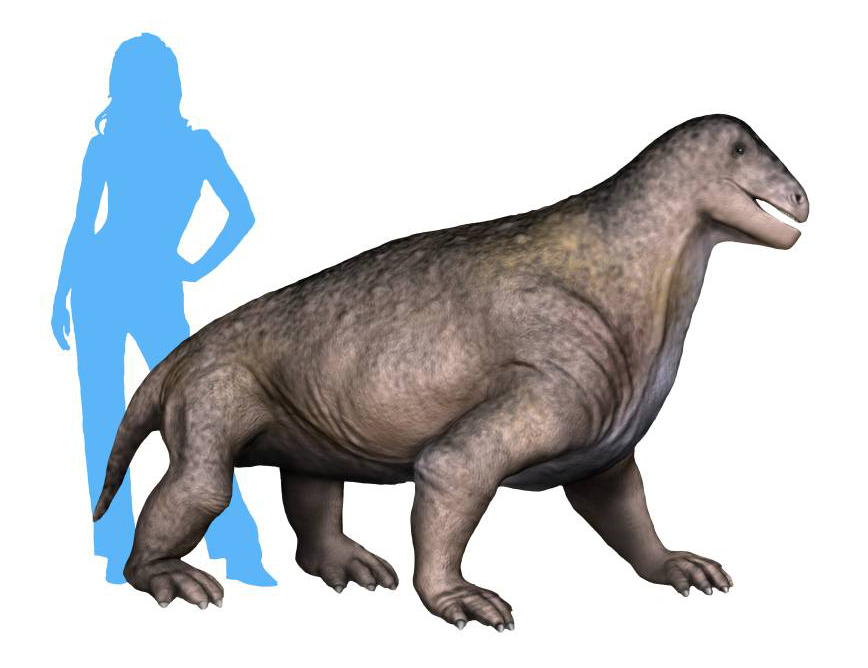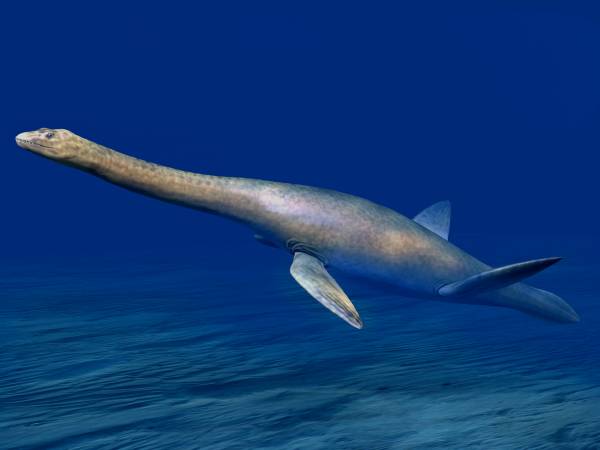|
Tellinomya Similis
''Similodonta'' is an extinct genus of early bivalve in the extinct family Praenuculidae. The genus is one of eleven genera in the subfamily Praenuculinae. ''Similodonta'' is known from Middle Ordovician through Middle Silurian fossils found in Europe and North America. The genus currently contains eight accepted species, ''Similodonta ceryx'', ''Similodonta collina'', ''Similodonta djupvikensis'', ''Similodonta magna'', ''Similodonta recurva'', ''Similodonta spjeldnaesi'', ''Similodonta wahli'' and the type species ''Similodonta similis''. Description ''Similodonta'' is a small bivalve which was first described in 1964 by Helen Soot-Ryen in an ''Arkiv för Mineralogi och Geologi, Kungliga Svenska Vetenskapsakademien'' paper. Generally the shells of ''Similodonta'' are rounded on the ventral sides of the shell and triangular on the dorsal sides. The triangular shape on the dorsal side is formed by the sharp angle at which the anterior and posterior hinge edges meet at the ... [...More Info...] [...Related Items...] OR: [Wikipedia] [Google] [Baidu] |
Tyrannosaurus
''Tyrannosaurus'' is a genus of large theropoda, theropod dinosaur. The species ''Tyrannosaurus rex'' (''rex'' meaning "king" in Latin), often called ''T. rex'' or colloquially ''T-Rex'', is one of the best represented theropods. ''Tyrannosaurus'' lived throughout what is now western North America, on what was then an island continent known as Laramidia. ''Tyrannosaurus'' had a much wider range than other Tyrannosauridae, tyrannosaurids. Fossils are found in a variety of geologic formation, rock formations dating to the Maastrichtian Age (geology), age of the Upper Cretaceous Period (geology), period, 68 to 66 mya (unit), million years ago. It was the last known member of the tyrannosaurids and among the last non-aves, avian dinosaurs to exist before the Cretaceous–Paleogene extinction event. Like other tyrannosaurids, ''Tyrannosaurus'' was a bipedal carnivore with a massive skull balanced by a long, heavy tail. Relative to its large and powerful hind limbs, the foreli ... [...More Info...] [...Related Items...] OR: [Wikipedia] [Google] [Baidu] |
Geikia
''Geikia'' is an extinct genus of dicynodont therapsids from the late Permian. The abundance and diversity of dicynodonts during this period, combined with incomplete or inadequately prepared specimens, have led to challenges in determining relationships within this taxon. Only two species, ''Geikia locusticeps'' and ''Geikia elginensis'' have been assigned to this genus. While this is the currently accepted classification, fossil record limitations have led to repeated debate on the genus assignments of these species. Description A high level of skull specialization was significant in the classification of ''Geikia''. Maisch and Gebauer considered the squared off anterior snout tip and reduced exposure of squamosal in occiput to be characteristics exclusively expressed in ''Geikia''. Prior to their analysis, Rowe described the generic diagnosis of Geikia as “dicynodonts having no tusk or postcanine teeth; highly vaulted palate; anterior palatal ridges of premaxilla reduced or ... [...More Info...] [...Related Items...] OR: [Wikipedia] [Google] [Baidu] |
Diopaeus
''Ophiacodon'' (meaning "snake tooth") is an extinct genus of synapsid belonging to the family Ophiacodontidae that lived from the Late Carboniferous to the Early Permian in North America and Europe. The genus was named along with its type species ''O. mirus'' by paleontologist Othniel Charles Marsh in 1878 and currently includes five other species. As an ophiacodontid, ''Ophiacodon'' is one of the most basal synapsids and is close to the evolutionary line leading to mammals. Description ''Ophiacodon'' has a large skull with a deep snout. It has the longest skull of any early synapsid, reaching up to in one specimen. The jaws are lined with many small teeth. It was larger than most other tetrapods (four-limbed vertebrates) of its time, ranging from in length and in weight. Specimens of ''Ophiacodon'' vary greatly in size. These differences in size were once used to distinguish species, but are now recognized as ontogenetic variations related to the ages of individua ... [...More Info...] [...Related Items...] OR: [Wikipedia] [Google] [Baidu] |
Abydosaurus
''Abydosaurus'' (meaning " Abydos lizard") is a genus of brachiosaurid sauropod dinosaur known from skull and postcranial material found in upper Lower Cretaceous rocks of northeastern Utah, United States. Discovery ''Abydosaurus'' is one of the few sauropods known from skull material, with the first described complete skull for a Cretaceous sauropod from the Americas. It is also notable for its narrow teeth, as earlier brachiosaurids had broader teeth. ''Abydosaurus'' is based on the holotype DINO 16488, a nearly complete skull and lower jaws with the first four neck vertebrae. Abundant skull and postcranial bones were found at the same site, including partial skulls from three additional individuals, a partial hip and associated tail vertebrae, a shoulder blade, an upper arm bone, and hand bones. These fossils were found in a sandstone bed at the base of the Mussentuchit Member of the Cedar Mountain Formation, near the old visitor center of Dinosaur National Monument. ... [...More Info...] [...Related Items...] OR: [Wikipedia] [Google] [Baidu] |
Delphinognathus
''Moschops'' (Greek for "calf face") is an extinct genus of therapsids that lived in the Guadalupian epoch, around 265–260 million years ago. They were heavily built plant eaters, and they may have lived partly in water, as hippopotamuses do. They had short, thick heads and might have competed by head-butting each other. Their elbow joints allowed them to walk with a more mammal-like gait rather than crawling. Their remains were found in the Karoo region of South Africa, belonging to the ''Tapinocephalus'' Assemblage Zone. Therapsids, such as ''Moschops'', are synapsids, the dominant land animals in the Permian period, which ended 252 million years ago. Description ''Moschops'' were heavy set dinocephalian synapsids, measuring in length, and weighing on average and in maximum body mass. They had small heads with broad orbits and heavily-built short necks. Like other members of Tapinocephalidae, the skull had a tiny opening for the pineal organ. The occiput ... [...More Info...] [...Related Items...] OR: [Wikipedia] [Google] [Baidu] |
Anhanguera , a television production facility
{{DEFAULTSORT:Anhanguera ...
Anhanguera may refer to: People * Bartolomeu Bueno da Silva (1672–1740), a bandeirante Places in Brazil * Anhanguera, Goiás, a municipality in the state of Goiás * Anhanguera (district of São Paulo), a district in São Paulo * Parque Anhanguera, a municipal park in São Paulo * Rede Anhanguera de Comunicação (RAC), a mass communication company from Campinas * Rodovia Anhanguera, a highway in the state of São Paulo Other meanings *Anhanguera (devil), in Brazilian mythology * ''Anhanguera'' (pterosaur) * Anhanguera Educacional, an educational company * CDT da Anhanguera The Centro de Televisão da Anhanguera, popularly known as CDT da Anhanguera, is the second largest center of television production in Brazil and is the headquarters of the Brazilian TV company SBT. The complex is second only to the Estúdios Glob ... [...More Info...] [...Related Items...] OR: [Wikipedia] [Google] [Baidu] |
Cryptocleidus
''Cryptoclidus'' ( ) is a genus of plesiosaur reptile from the Middle Jurassic period of England, France, and Cuba. Discovery ''Cryptoclidus'' was a plesiosaur whose specimens include adult and juvenile skeletons, and remains which have been found in various degrees of preservation in England, Northern France, Russia, and South America. Its name, meaning "hidden clavicles", refer to its small, practically invisible clavicles buried in its front limb girdle. The type species was initially described as '' Plesiosaurus eurymerus'' by Phillips (1871). The specific name "wide femur" refers to the forelimb, which was mistaken for a hindlimb at the time. Fossils of ''Cryptoclidus'' have been found in the Oxford Clay of Cambridgeshire, England. The dubious species ''Cryptoclidus beaugrandi'' is known from Kimmeridgian-age deposits in Boulogne-sur-Mer, France. ''Cryptoclidus vignalensis'', which is now considered undiagnostic, hails from the Jagua Formation of western Cuba. Descri ... [...More Info...] [...Related Items...] OR: [Wikipedia] [Google] [Baidu] |
Manospondylus
''Tyrannosaurus'' is a genus of large theropod dinosaur. The species ''Tyrannosaurus rex'' (''rex'' meaning "king" in Latin), often called ''T. rex'' or colloquially ''T-Rex'', is one of the best represented theropods. ''Tyrannosaurus'' lived throughout what is now western North America, on what was then an island continent known as Laramidia. ''Tyrannosaurus'' had a much wider range than other tyrannosaurids. Fossils are found in a variety of rock formations dating to the Maastrichtian age of the Upper Cretaceous period, 68 to 66 million years ago. It was the last known member of the tyrannosaurids and among the last non-avian dinosaurs to exist before the Cretaceous–Paleogene extinction event. Like other tyrannosaurids, ''Tyrannosaurus'' was a bipedal carnivore with a massive skull balanced by a long, heavy tail. Relative to its large and powerful hind limbs, the forelimbs of ''Tyrannosaurus'' were short but unusually powerful for their size, and they had two clawed ... [...More Info...] [...Related Items...] OR: [Wikipedia] [Google] [Baidu] |
Junior Synonym
The Botanical and Zoological Codes of nomenclature treat the concept of synonymy differently. * In botanical nomenclature, a synonym is a scientific name that applies to a taxon that (now) goes by a different scientific name. For example, Linnaeus was the first to give a scientific name (under the currently used system of scientific nomenclature) to the Norway spruce, which he called ''Pinus abies''. This name is no longer in use, so it is now a synonym of the current scientific name, ''Picea abies''. * In zoology, moving a species from one genus to another results in a different binomen, but the name is considered an alternative combination rather than a synonym. The concept of synonymy in zoology is reserved for two names at the same rank that refers to a taxon at that rank - for example, the name ''Papilio prorsa'' Linnaeus, 1758 is a junior synonym of ''Papilio levana'' Linnaeus, 1758, being names for different seasonal forms of the species now referred to as ''Araschnia lev ... [...More Info...] [...Related Items...] OR: [Wikipedia] [Google] [Baidu] |
Triceratops
''Triceratops'' ( ; ) is a genus of herbivore, herbivorous Chasmosaurinae, chasmosaurine Ceratopsidae, ceratopsid dinosaur that first appeared during the late Maastrichtian stage of the Late Cretaceous Period (geology), period, about 68 million years ago in what is now North America. It is one of the last-known non-avian dinosaur genera, and became extinct in the Cretaceous-Paleogene extinction event, Cretaceous–Paleogene extinction event 66 million years ago. The name ''Triceratops'', which literally means 'three-horned face', is derived from the Ancient Greek, Greek words () meaning 'three', () meaning 'horn', and () meaning 'face'. Bearing a large bony neck frill, frill, three horn (anatomy), horns on the skull, and a large four-legged body, exhibiting convergent evolution with rhinoceroses and bovines, ''Triceratops'' is one of the most recognizable of all dinosaurs and the most well-known ceratopsid. It was also one of the largest, up to long and in body m ... [...More Info...] [...Related Items...] OR: [Wikipedia] [Google] [Baidu] |







